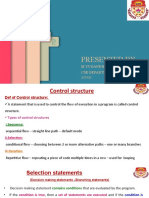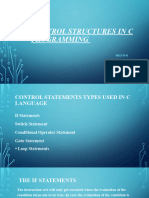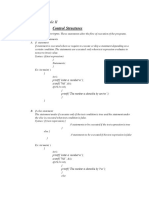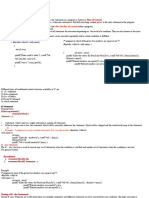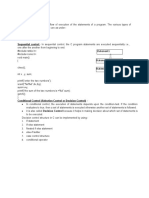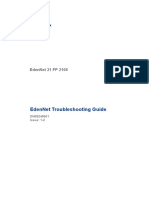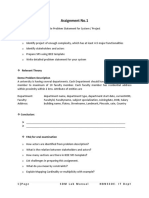0% found this document useful (0 votes)
13 views23 pagesControl Statements in C
Control statements in C are used to dictate the flow of execution based on logical conditions, enabling customized logic execution. They are categorized into decision-making statements (like if, if-else, nested if-else, and else-if ladder), conditional statements (like switch), jump statements (like goto), and loop control statements (like while, do-while, and for loops). Understanding these control statements is essential for writing efficient and readable C programs.
Uploaded by
muneesammy0Copyright
© © All Rights Reserved
We take content rights seriously. If you suspect this is your content, claim it here.
Available Formats
Download as PDF, TXT or read online on Scribd
0% found this document useful (0 votes)
13 views23 pagesControl Statements in C
Control statements in C are used to dictate the flow of execution based on logical conditions, enabling customized logic execution. They are categorized into decision-making statements (like if, if-else, nested if-else, and else-if ladder), conditional statements (like switch), jump statements (like goto), and loop control statements (like while, do-while, and for loops). Understanding these control statements is essential for writing efficient and readable C programs.
Uploaded by
muneesammy0Copyright
© © All Rights Reserved
We take content rights seriously. If you suspect this is your content, claim it here.
Available Formats
Download as PDF, TXT or read online on Scribd
/ 23










